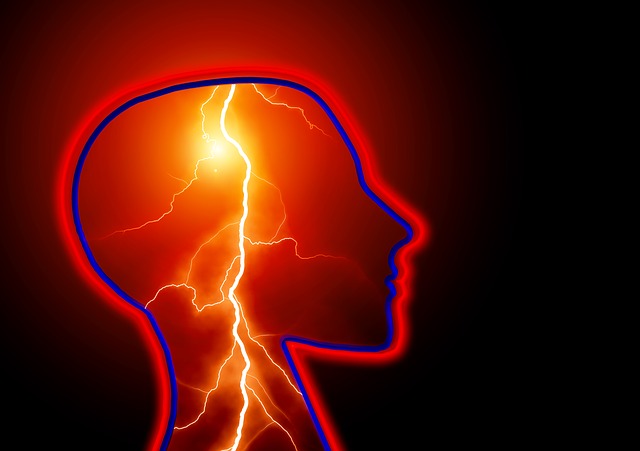
Cancer. Those are probably the last words you expected to hear from your doctor after undergoing a routine check-up. You probably have many questions. What stage is my cancer? How aggressive is it? What is the prognosis? What are my options? There are many treatment options and procedures available depending on the type of cancer you have been diagnosed with. Below are the main types of treatment available.
Surgery
Depending on the location of your cancer will determine whether or not a surgeon can remove some or all of it. The two most common types of surgery for cancer removal are open and minimally invasive surgery.
During open surgery, the surgeon will make a large incision in the area of the body where the cancer is located to remove the tumor, or cancer, and possibly some healthy tissue as well. Often times, nearby lymph nodes are also removed to prevent the cancer from attacking these.
During minimally invasive surgery, the surgeon makes small incisions instead of a large one. A laparoscope is inserted into the incision and uses tools to remove the tumor and any healthy tissue surrounding it that may be affected.
Radiation Therapy
Radiation is a common procedure used to treat cancer. This therapy uses high doses of radiation to kill the cancer cells and decrease the size of tumors. Radiation can either be used to cure or stop cancer growth or ease the occurrence of cancer symptoms.
There are two types of radiation therapy: external beam and internal radiation. External beam radiation aims radiation at the location of your cancer. The machine does not touch you but will move around you sending beams of radiation to your body in different directions. This type of radiation is only specific to one specific section of the body.
Internal radiation is when radiation is put into your body using a solid or liquid. A solid source of radiation is called brachytherapy where the patient ingests the radiation in the form of seeds, ribbons, or capsules. Radiation, in liquid form, is given through an IV destroying any cancer cells it comes in contact with.
Chemotherapy
Chemotherapy is probably the most common method oncologists use to treat or ease the symptoms of cancer. It is used to kill cancer cells and prevent the growth of new cells. For some people, chemotherapy may be the only treatment they need to combat their cancer. Others have to use radiation, chemotherapy, and surgery. Chemotherapy is often combined with other treatments to do the following: \
- Shrink tumors before and after radation
- Destroy cancer cells
- Assist other treatments
- Destroy cancer cells that have reappeared or spread eslewhere
Unfortunately, chemotherapy has many undesirable side effects. The most common side effects are fatigue, nausea, hair loss, and mouth sores. Medications or natural sources like CBD oil can help with those. Please consult with your doctors, as pain medications are usually prescription only. Same goes for CBD and its derivated – you can usually only buy cbd oil with a proper prescription. When undergoing chemotherapy, it is essential to have someone accompany you to and from the treatment. You will also need to ensure that you are able to rest following the day of chemotherapy and ask for any help you may need. Chemotherapy can be a costly procedure but is covered by most insurance companies. Check with your insurance company to ask about what services they will cover.

